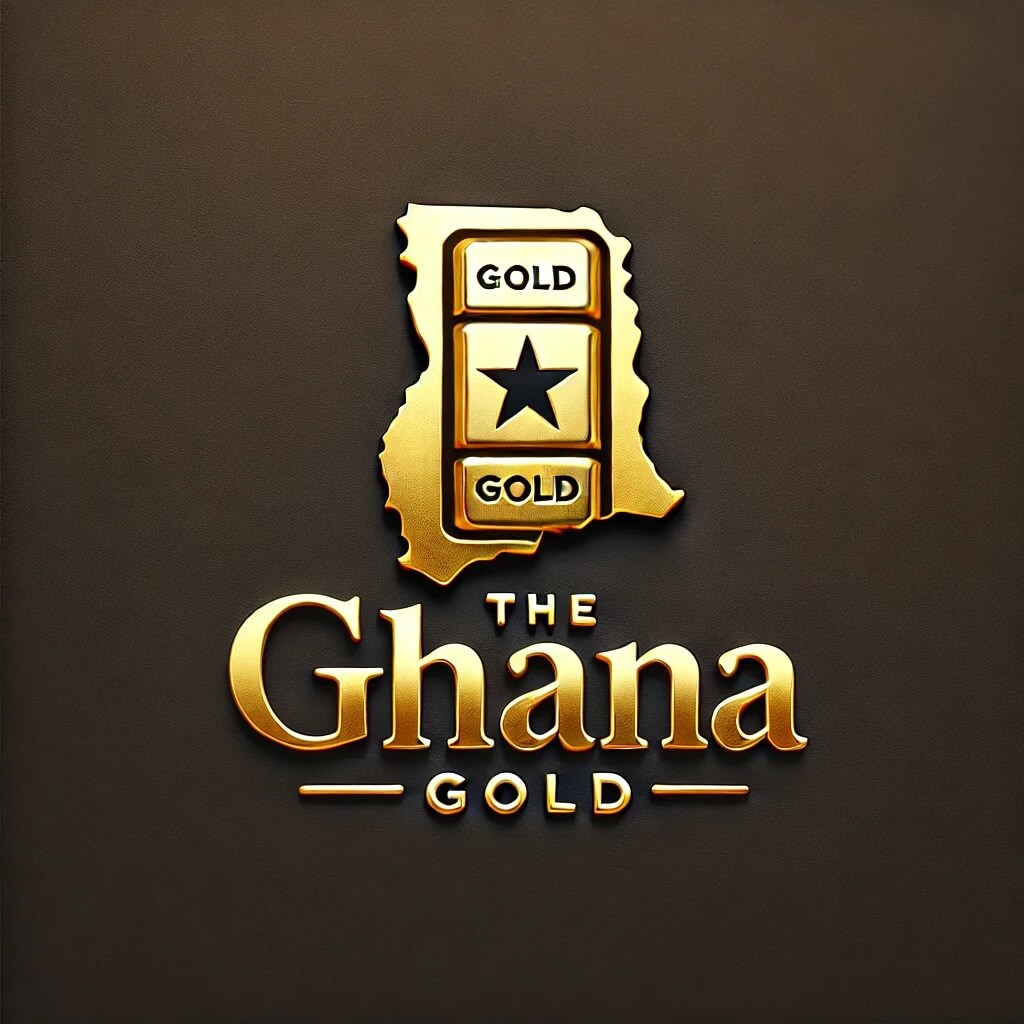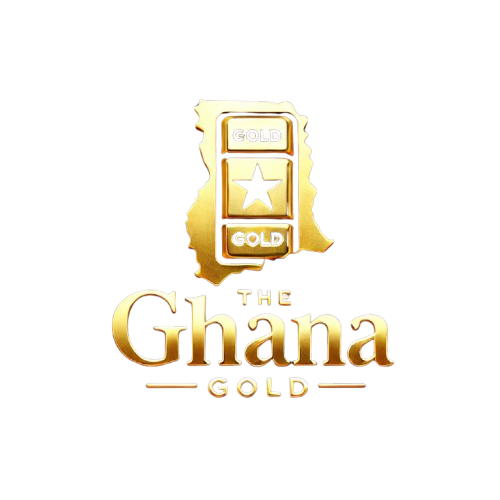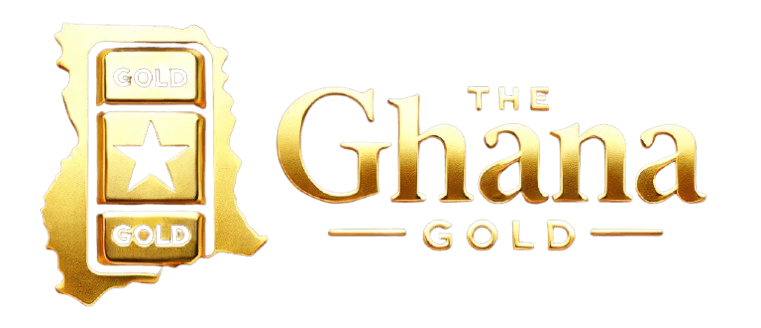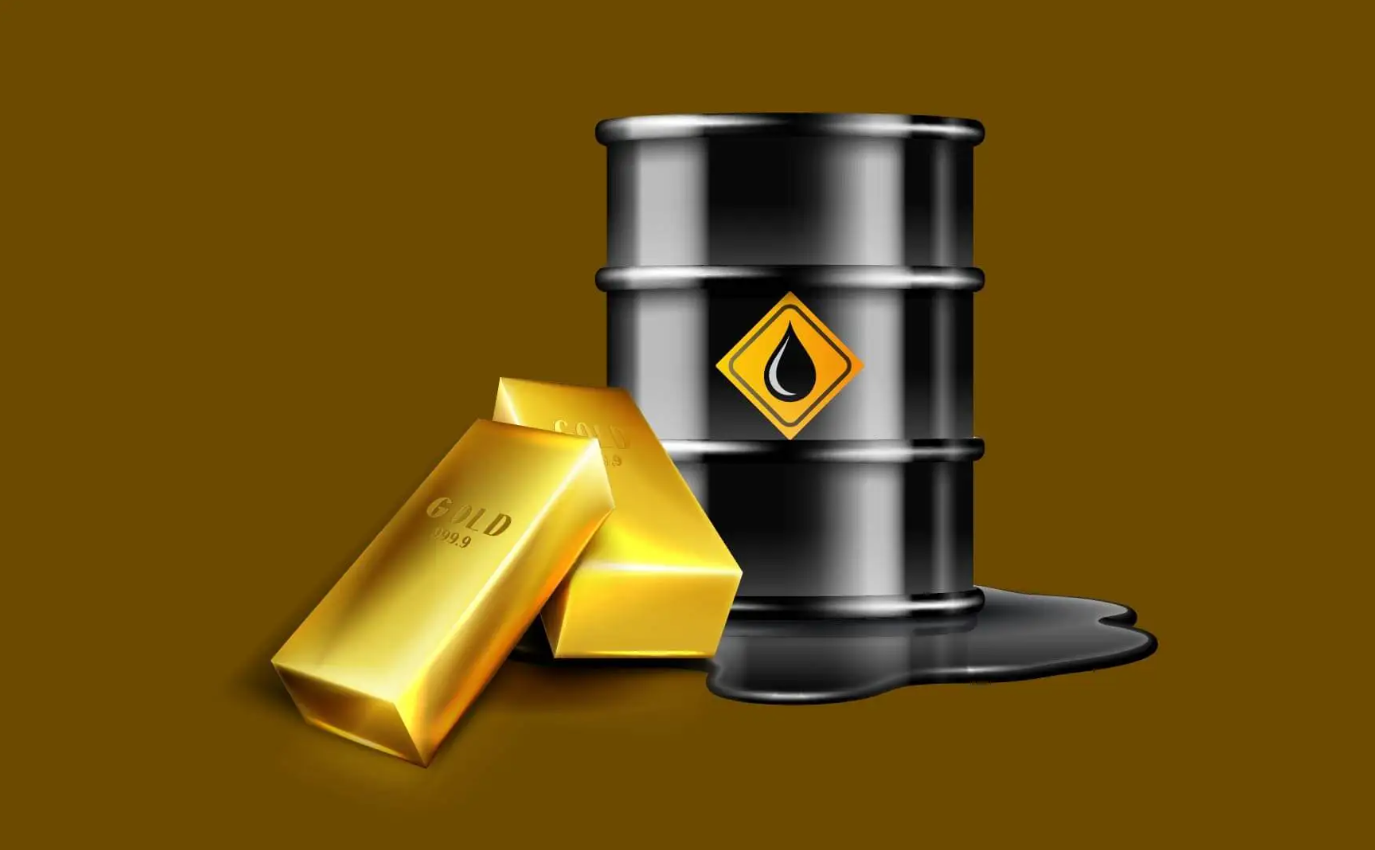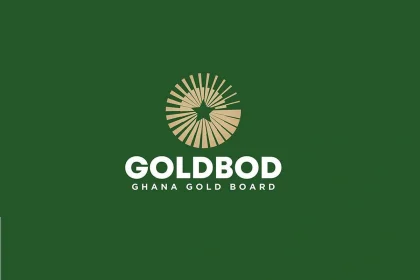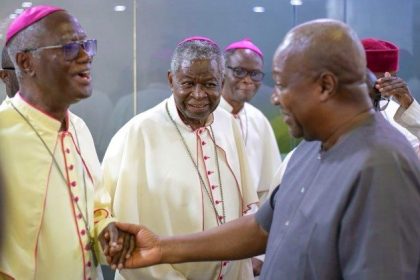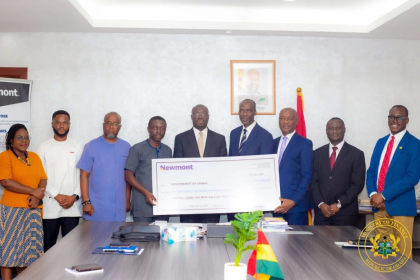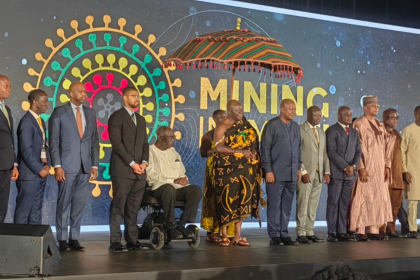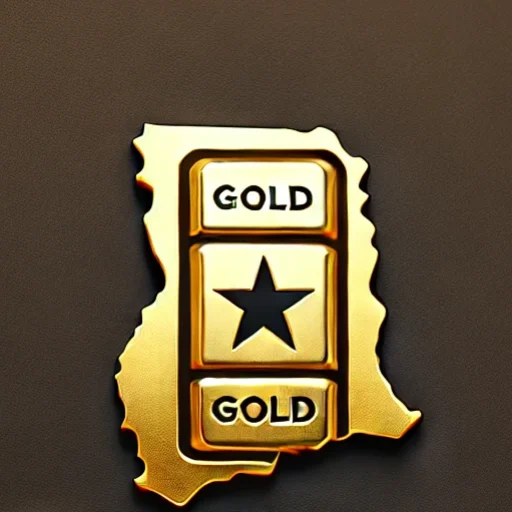Joe Jackson got me thinking
I was intrigued to hear the erudite Joe Jackson profusely praise the Bank of Ghana’s (BoG’s) Gold-for-Oil program not too long ago.

Mr. Jackson is one of the few business leaders in Ghana, in the ultra – risk averse financial industry no less, who still bothers with public education and policy advocacy. If ever there was a counter to the thesis that Ghana’s elites have become feckless, self-centered, and insular, then he is it.
So, when he says something is great, it makes a serious impression on me. I also presumed that some government officials in the know must have taken the time to provide him with detailed insights and documentation. All the more reason for paying attention.
Why are Ghanaian governments so opaque?
Which makes me wonder why government officials don’t do that more often, as in openly share more information with active members of the policy community.
Let’s face it, the vast majority of people are too busy to go around fishing for data in nooks and crannies. Making data on important national issues available through those who are most likely to share widely across social and traditional media can only be basic common sense.
Unless, of course, officials have things to hide. Otherwise, it is a no-brainer. Given that officials almost never share information with public policy advocates willingly, I have concluded that the opacity is due to shadiness, murky dealings, and mess-covering instincts. What else could be the reason?
Opacity has been my chief worry about Gold-for-Oil
Like I said, seeing Mr. Jackson expressing public support for the Gold for Oil (G4O) and broader Bank of Ghana’s Domestic Gold Purchasing Program (DGPP), of which G40 is a subset, made me go back and review all my notes and past commentary on the subject.
I have never really gone all out to condemn the DGPP, by the way. When G4O was first unveiled, I was clear in my analysis that the concept itself is far from novel but, nonetheless, it is generally feasible.
My concerns about the program have been entirely centered on the shadiness, murkiness, opacity, and shadowiness. I don’t think these are the areas Joe Jackson reviewed. I assume that he was focused on the technical prospects for success. I will therefore focus on the unresolved governance challenges.
A recap of the Gold Purchasing & Gold-for-Oil programs
In this short essay, I aim to outline the governance issues we have raised about the DGPP and G4O that have never been satisfactorily addressed in the hope that the new government shall supply the necessary transparency and ethical assurances.
Doing so should be helpful to the new bosses even as they proceed with their own plans to create a successor initiative: the GoldBod, a manifesto promise that has roots in an earlier “Ghana Gold Company” proposal in 2011.
Let us first examine the Bank of Ghana’s (BoG’s) public descriptions of the mechanics of the GPP and G4O programs, and then proceed to verify the claims usually made for their success.
In the BoG’s most comprehensive overview of the domestic GPP (DGPP), it says as following:
The DGPP has bolstered the Bank’s gold reserves through the procurement of locally produced gold from mining firms and carefully selected gold aggregators who source gold from community mines, artisanal, small and medium-scale mines.
According to the governor of the BoG, the central bank has, since its commencement of the DGPP in June 2021, purchased $9 billion worth of gold in the local currency. Using the average gold price over the period of about $2,200 and weighting the average towards 2023, when the DGPP was really ramped up, would suggest that the BoG has purchased roughly 3.6 million ounces of gold. Or about 900,000 ounces of gold per year, on average. Keep these numbers in mind.
By proceeding to liquidate the gold into dollars to purchase fuel (through the G4O), it has, in the logic of the governor, relieved the local market of the pressure that would have ensued if it was competing with other commercial buyers of forex. Consequently, it can be deduced that the DGPP has bolstered the domestic currency, the Ghana Cedi (GHS), whose depreciation, without the DGPP, would have been much worse than the 30%, ~28%, and ~20% witnessed in 2022, 2023, and 2024 respectively.
A crude overview of this whole mechanism is provided in a diagram by one analyst that I have posted below.

Source: Agpaytech (2023)
Framing the mandate of the DGPP
We must examine these claims carefully for what they are worth to ground our concerns about transparency.
The first logical foundation of the belief that the BoG’s DGPP has made an important difference is in the argument that without the DGPP a lot of the gold that is currently being bought by the Bank of Ghana would have been smuggled out of the country or that the dollars obtained from their exports would not have been sent back (“repatriated”) to Ghana.
To probe this belief, we need a very basic equation of gold production in Ghana, which we will proceed to set out as follows: large-scale gold + small-scale gold + galamsey gold = total gold output.
To capture official gold production, however, we require a modification to the equation as follows:
Large-scale gold + small-scale gold = total official gold.
For reasons that should soon become clear, we shall assume that all the gold smuggled out or otherwise produced and traded illegally is “galamsey gold”. “Galamsey gold” in this framing is not only gold produced illegally but also gold traded illegally since without the precious metal passing through legal channels, it is impossible to determine for any quantity whether or not it has been produced legally.
Unless some gold belonging to the galamsey category is sneaked into the large-scale or small-scale column, all the gold in the galamsey column must have been smuggled out of the country and will thus not count towards the official statistics of gold produced in Ghana.
If the BoG’s DGPP program is doing what it says it is doing, which is to say, if it is indeed preventing gold from leaving Ghana without being declared and the bulk of the corresponding dollars returning to Ghana, as required under the law, then gold that was previously in the galamsey category must move to the small-scale category and thereby increase the official gold output of the country.
I said the “small-scale category” not just because this is where the BoG’s program ought to make the most impact for it to matter but also because large-scale gold production in Ghana is strictly controlled by multiple agencies.
If a large-scale gold producer is smuggling out gold despite the harsh scrutiny and the huge risks involved, then it is doubtful that such a producer will be dissuaded from doing so by an offer from the central bank to buy the same gold locally in Cedis anyway, rendering the whole analysis moot.
Galamsey gold producers and traders, on the other hand, have mostly sold to middlemen in Cedis because they lack the infrastructure and apparatus to export gold outside for dollars by themselves. An offer to sell gold to the central bank in Cedis at competitive prices instead of selling to middle-men should thus cause no resentment.
For the BoG’s DGPP to be economically effective, therefore, gold that was previously traded illegally must be rechanneled and sold legally to the BoG. However, for the program to also be legally effective, no illegally produced gold should be sold to the BoG. This is not only because the BoG insists that it only buys responsible and legally produced gold but, also, for other critical reasons I shall be explaining shortly.
Remember from the above analysis that if gold previously traded illegally is rechanneled and sold legally to the BoG, then it would increase the total small-scale supply of gold and consequently the total official gold. In simple terms, what was once invisible gold has, through the power of the DGPP, suddenly become visible to official statistics.
It is helpful to bear in mind that by law all gold legally exported out of Ghana and recorded in official statistics must be assayed by and reported to the Precious Minerals Marketing Company (PMMC); and that other regulatory actors in the chain, such as the Customs & Excise unit of the Ghana Revenue Authority (GRA), must remain in the loop.
Probing the claims made in support of the DGPP
Unfortunately, we are not able to find any trace of this purported increase in official gold output often attributed to the central bank’s recent involvement in trading in the national trade statistics.

Source: Ghana Chamber of Mines
There are many interesting observations that could be made from the data posted above, many of which are outside the scope of this essay. For our purposes today, the foregoing points are salient.
I. Official gold production/output between 2016 and 2018 was significantly higher than official gold output from Ghana during the DGPP period between 2021 and 2023.
II. In fact, since the DGPP commenced in 2021, official gold production has dropped. Between 2018 and the plateau point of DGPP, official gold output has dropped by almost a quarter.
III. Ergo, the proposition that gold that may previously have been traded illegally is now more likely to be passed through legal channels as a result of the DGPP feels somewhat dubious in light of the data.
The only saving grace has been the considerable increase in gold prices since 2018 as depicted on the chart below, a factor not impacted by any domestic policy.

Assuming similar volumes, even if Ghana’s official gold output in 2018 had halved in 2024, the effect on the nominal dollar supply would have been muted.
Unsurprising then that despite falling production, the revenue of Ghana’s large-scale gold miners rose from $3.56 million in 2018 to $5.7 billion in 2023. Likewise, the marginal increase from $6.8 billion in total export revenue obtained from gold in 2020, before the onset of DGPP, to the $7.6 billion recorded in 2023 is entirely due to price effects.
Historically, the effect of higher commodity prices on the dollar supply is a well known trend and cannot in good faith be confused with the dubious impact of hazy programs like the DGPP.
The next area for investigation is the impact of the DGPP on the relative contributions of small-scale and large-scale mining to total official gold output.
In both 2022 and 2023, the large-scale gold miners produced about 3 million ounces of gold.

The official contribution of small-scale miners, on the other hand, rose from roughly 700,000 ounces in 2022 to nearly 1 million ounces in 2023. This is a roughly 30% increase. Could this have been due to DGPP? To answer that question, we need to look a bit more closely at DGPP purchasing activity.
In 2022, the BoG purchased 93,799 ounces of gold from the large-scale sector. In 2023, this figure increased to 447,492 ounces of gold. Unfortunately, no disclosures are available to confirm the precise amount of purchases from the small-scale sector, a classic example of how opacity frustrates policy analysis in Ghana.
However, using the average volumes of DGPP purchases mentioned much earlier in the article, we can surmise that the Bank of Ghana must have purchased at least 1.4 million ounces of gold from the small-scale gold-mining sector in 2022 and 2023 to balance out its declared dollar earnings from DGPP. The 300,000-ounce increase in official small-scale sector purchases does not therefore adequately reflect a massive shift away from illegal trading.
At any rate, official small-scale gold production has reduced considerably since the DGPP commenced. In 2023, small-scale output was more than 12% lower than the 2016 level. It was a whopping 50% lower than the 2018 level, and nearly 35% below the 2019 output.
It is even more interesting to consider the effect of other policies on official small-scale gold sector output to rule out policy-insensitivity. When the government doubled the rate of withholding tax on gold exports, the behavioural shift was dramatic. Licensed gold exports from the sector dropped by almost 92% in 2021. If DGPP was impacting behavior, no one would miss the consequences.
The changing trends of gold dollar inflow into Ghana
Another major source of confusion about the impact of DGPP on gold dollar flows is the refusal to account for other policy shifts, particularly those introduced by the Bank of Ghana itself. Refusing to account for the impact of these policies allows the BoG to attribute fake “successes” to the DGPP.
In the recent past, a lot of the dollars that the large mining companies earned from exports came back into the country through the commercial banks, who were allowed to treat them as FX deposits. In the wake of the economic difficulties, the BoG changed those rules. Large mining companies must now hand over very large chunks of their foreign exchange earnings to the central bank.
In 2021, before the DGPP took hold, virtually all the $4.075 billion that came back to Ghana, out of the $4.99 billion of total exports recorded by the large gold miners, went to the commercial banks. Essentially, nearly 82% of all large-scale gold dollars was banked with the commercial banks.
At the end of 2023, by which time DGPP had entrenched, the equivalent amount that was repatriated through and banked at the commercial banks was $2.7 billion, a dramatic 33% fall. The remaining $1.5 billion went to the BoG, which paid Cedis for it.
In simple terms, the dollars the BoG legally “commandeered” from the large-scale mining sector out of export proceeds is far higher than what it obtained from DGPP in the small-scale sector. In these circumstances, it is disingenuous to attribute the buildup in reserves to the DGPP as if it was the dominant factor.
The shifting of gold dollars from the commercial banks to the central bank is the primary outcome of the DGPP. Official small-scale gold dollars that would have been repatriated through the commercial banks by licensed gold exporters now go to the central bank following its self-insertion into the trade. Official large-scale gold dollars that would have been sold to the commercial banks by the big mining companies are now instead sold to the central bank.
Critically, the total balance of gold dollar inflows into the economy is not affected by DGPP but by more vital economic factors. For example, when the large-scale miners could bank all their repatriated dollars with the commercial banks, they could choose to bring back as much as ~82% of export proceeds, which is what they did in 2021. As the DGPP took hold, they have reverted to bringing back an average of 71.5% of export proceeds per year.
The strength of the Ghanaian currency versus the dollar is not determined solely by the dollar reserves of the central bank. It is rather, crudely speaking, the total availability of dollars, especially in the commercial banking system, that matters most.
The most dangerous aspect of the DGPP
As described in previous paragraphs, the Bank of Ghana (BoG) has appointed “aggregators” to buy gold from small-scale miners on its behalf. It provides a Cedi facility to enable this special trade. After exporting the gold, it retains the dollars earned.
Apart from the commercial aggregators, the BoG has also engaged PMMC as another channel for small-scale mining companies to supply gold in exchange for Cedi payments.
Sadly, none of these public explanations bear scrutiny in the light of official data.
Below, I provide data on PMMC’s revenues from 2021, when the DGPP commenced, to 2024. It is evident, when these numbers are indexed to the dollar (the export currency of gold), that PMMC’s commercial activity could not have accommodated any significant part of the multibillion dollar DGPP program.

As the reader can see themselves, PMMC’s revenue has fallen from $3.4 million in 2020 to $3.1 million in 2023, and is projected to fall further to about $3 million in 2024. If the BoG was giving PMMC large amounts of Cedis to buy any of the roughly $2.3 billion worth of gold it purchased per year between 2021 and 2024, the effect on PMMC’s books would have been self-evident.
We can thus discard PMMC from the picture and focus on the aggregators. But that merely muddies the waters all the more.
The only aggregator the Bank of Ghana has formally appointed for the DGPP is Asanska Jewellery Limited. To date, the central bank refuses to publish the criteria for selection of aggregators. It refuses to use the procurement law to filter the over 190 licensed gold dealers and 40 or so regular exporters to decide on who should be aggregators. It insisted at the program’s commencement that it has a secret magic formula that when applied yielded only one company, Asanska.
The Asanska angle
Many of us on the activist front of Ghanaian civil society believe that the BoG’s actions are not only problematic from an ethical and governance point of view but also illegal. For one thing, if you look at the list of major gold traders in Ghana in 2021, the year of DGPP’s onset, Asanska is far from being the biggest or most reputable player.

Source: Ghana Chamber of Mines (2021)
In fact, at the time the BoG chose Asanska the company was busily battling international investigative journalists in connection with its naming in a global scandal centered on the Dubai gold refining industry.
A company called Kaloti had been cited for gross violations of ethical supply chain standards in its gold trade. Asanska is one of the companies from Ghana that appeared to have had regular commercial dealings with Kaloti. When a few journalists in Ghana published the findings, Asanska threatened lawsuits. It did not deny its strong trading relationship with Kaloti or the specific gold transactions. Its anger was directed at the use of confidential financial intelligence documents.
If BoG’s choice of Asanska was premised on its network of relationships in the United Arab Emirates (UAE), then that basis must also be questioned on account of the growing risk to the international certifications of UAE-based refineries.
More worryingly, information from our sources show clearly that Asanska has not filed any disclosures that can back the BoG’s claim that it has given the company billions of Cedis to buy gold on its behalf. Such large facilities should reflect in the company’s revenue disclosures and banking records. Due to the sensitivity of the information we have received, we will not go further on this point. Asanska is free to publish a counter to help with the public debate.
Shady refineries again
Another suspicious element in the whole architecture of the DGPP is the total blackout imposed on the refining aspect of the operation. Gold dore is aggregated by third-party traders on behalf of the BoG, fine, and then refined by whom exactly?
We have already exposed the shadiness of the one local refinery – Royal Ghana Gold Refinery – that was presented as bearing responsibility for the first stage of converting bush gold into bullion gold. The situation is so bad we can’t even trace the putative majority shareholder. The BoG has not thought it wise to respond to the concerns raised. Nor has it bothered to name any other refinery since Royal, which still lacks international certification, was exposed as a sham.
It has also not revealed the LBMA-certified refinery that is converting its gold exports into bullion gold. Only proper certification can assure that the BoG’s gold is internationally transferable and saleable. Except, of course, we are expected to just rely on the strong hints given by the impugned Asanska-Kaloti nexus and the G4O connections that we shall be discussing in a moment.
The greatest risk of harm to Ghana from the BoG’s shady dealings
If the reader has paid attention so far, then the key issues should be as clear as noonday. The BoG’s gold purchasing numbers don’t add up. Its claims do not bear data-based scrutiny. It choice of aggregators is suspect and the story of their involvement in the whole DGPP scheme is full of holes.
The combined outcome of the above deductions is one scenario we have yet to discuss: illegally produced gold traded legally.
Is the central bank open to the accusation that it may somehow be facilitating galamsey gold? We believe that a diligent auditor exercising the right level of professional scepticism and faced with the facts and data above would very likely conclude that the DGPP has been contaminated by galamsey gold. It is the simplest explanation that can account for all the discrepancies in numbers and the opacity around who the actual aggregators, refineries, and exporters are.
If the BoG fails to comprehensively address the many gaps in its DGPP narrative and continues to expose the program to the risk of perceptions of galamsey contamination, international counterparties shall discount the value of the gold reserves held by it on Ghana’s behalf with devastating financial consequences.
The fact that a lot of the gold purchased appears to be spent on importing fuel has opened yet another whole angle to this affair.
The shady Gold-for-Oil program
Our investigations in 2023 showed that the Gold-for-Oil program (G4O), through which over 1.8 million metric tons of diesel and gasoline (“petrol”) have been imported between 2023 and 2024 into Ghana, is shrouded in similar opacity and designed primarily to funnel fees to mystery middlemen in Dubai and elsewhere.
Using Platts and Argus pricing indices to compute rough averages, we estimate total spending over the two years of about $1.2 billion, suggesting that roughly 20% of proceeds of the DGPP is spent on the G4O.
For such a large amount of spending to be completely shielded from national procurement law, especially in a context such as this one, where shady middle-men and potential galamsey gold are in the mix, is truly frightening indeed.
The way forward
The ruling NDC wrote in their manifesto for the 2024 elections that they shall address the problems identified above. Below, I list their specific promises relevant to the above discussion.
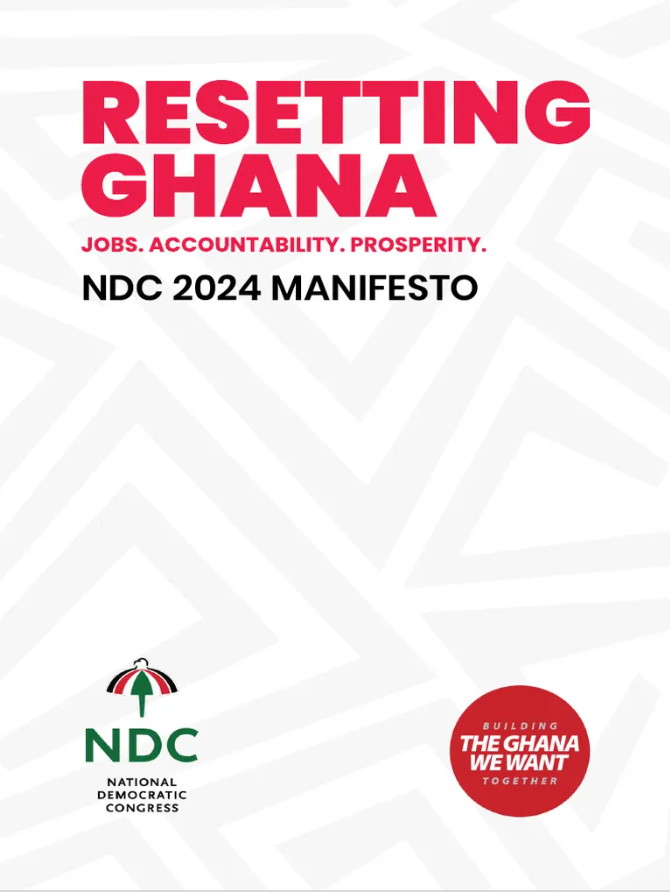
I. Investigate the NPP’s opaque Gold-for-Oil initiative, review and rationalise the Gold Purchase Programme of the Bank of Ghana.
II. Ensure that the Bank of Ghana’s gold purchasing programme will be backed by a metal leveraging programme with international bullion holders.
III. Enhance the capacity of the Minerals Commission to facilitate gold trade, provide mining support
services, and ensure efficiency and sustainability in mining operations and to regulate the sector;
V. Facilitate equipment financing and mining input, research and standardization, gold recovery
optimization, and post-mining land reclamation services
VI. Set up a novel Ghana Gold Board (GOLDBOD) to regulate the small-scale mining sector. The board will restructure the small-scale mining sector by:
• Provide mining support services to the industry, including concession viability, health, safety and efficiency in mining operations, equipment financing, research and standardisation, gold recovery optimisation, and postmining and land reclamation services.
• Compel small-scale miners to undertake skills training in land reclamation techniques as a required component of their operations to minimise their adverse environmental impacts.
• Place restrictions on the export of unrefined gold produced by small-scale mining companies in the medium term.
• Ensure that the Bank of Ghana’s gold purchasing programme will be backed by a metal leveraging programme with international bullion holders.
• Work with industry stakeholders to revamp the local goldsmithing and jewellery subsector to
increase value addition and global competitiveness.
Like all manifestos, some of the ideas are commendable and workable; others, less so.
Regarding the commitment to investigate and remedy the governance problems identified above in the DGPP and G4O, we expect to see the persons appointed to set up the GoldBod and to run the Lands & Natural Resources Ministry, as well as the Finance Minister, in whose remit the executive’s engagement with the Bank of Ghana lies, to begin with a serious show of transparency.
Serious answers have been demanded to vital questions about the status and choice of aggregators; the identity and roles of middle-men; the status and ownership history of refineries and the LBMA certification of the BoG’s reserve gold; allegations of more than $2 billion in cumulative trading losses due to G4O; potential risks of galamsey contamination of bullion gold; and the sanctity of the certification of the central bank’s gold reserves. Even the recently launched Ghana Gold Coin is surrounded by similar clouds of opacity about who exactly has the contracts to produce and certify.
These are not questions to be dismissed lightly. It is important for the government to realise that observers could begin to discount the actual value of Ghana’s gold reserves, and thus the FX reserves of the central bank as a whole, if these doubts are allowed to persist.
If we are to believe the NDC’s manifesto and campaign rhetoric, then we can rest assured that leaving the status quo intact is inconceivable. Yet, all too often, Ghanaian opposition parties lament the shady dealings of ruling governments whilst on the campaign trail. Once they win and take over the reins, they simply replace one set of shady brokers with another. We hope that the current political switchover will buck that trend.
Sadly, the manifesto did not contain sufficient ideas about how to tackle another big complication in this whole messy affair: the role and activities of the Minerals Income Investment Fund (MIIF). This is surprising since the original NDC idea of a Ghana Gold Company, a controversial and bastardised version of which was introduced as “Agyapa“, dates all the way back to 2010.
The budget statement for the year ending 31st December 2011 delivered on the 18th of November 2010 outlined the vision for the Ghana Gold Company as follows:

An NDC-government vision and strategy for the MIIF albatross is urgently needed as it should address the fundamental issue of financing the value chain of gold production and refining.
Such financing is critical if a truly sound DGPP-type policy can be pursued in a way that really adds value, instead of the current trick of diverting commercial bank dollars to the BoG and pretending that this amounts to an increase in dollar stock.
As for the manifesto promise of making small-scale mining regulation a remit of the proposed GoldBod, I would say that the foundation is a bit leaky since such a policy would undermine the mandate of another, long-established, regulatory agency, the Minerals Commission. Nor is the proposed timeframe of 60 days to set up such an octopus agency quite realistic.
As far as I am personally concerned, there are large vacuums both created and exposed by the DGPP and G4O programs in Ghana’s governance system. The incoming government should have their hands full if they really intend to address them. There really won’t be any bandwidth left to create and deal with new conflicts with existing regulatory agencies.
We look forward to true progress and to updating our audiences accordingly.
